Ingredients to look for in Sunscreen and ingredients to avoid
| Estimated Reading Time: 7 minutes |
Look, I’m no stranger to the sunscreen struggle. Every summer, I’m that person standing in the drugstore aisle, squinting at tiny labels, trying to figure out which tube won’t make my face break out or feel like I dipped it in oil. Sunscreen is my ride-or-die for keeping UV rays from turning my skin into a wrinkly roadmap or, worse, upping my skin cancer risk. But here’s the real talk: the sunscreen ingredients in that bottle are what make it a lifesaver or a total dud. Some are like your skin’s personal bodyguard, while others are sneaky troublemakers. So, let’s break down the good, the bad, and the “why did I buy this” of sunscreen ingredients, plus how to pick one that vibes with your skin type. Grab a coffee, and let’s get into it.
Table of Content: |
Why Sunscreen Ingredients Matter
I learned this lesson the hard way after a sunscreen left my face redder than a tomato at a family picnic. Sunscreen ingredients aren’t just random chemicals—they’re the key to how well a product blocks those pesky UVA and UVB rays, how it sits on your skin, and whether it’s safe for you or the ocean. Some ingredients are gentle and play nice, while others might irritate, clog pores, or even mess with your hormones. With a zillion sunscreens out there, knowing your sunscreen ingredients is like having a secret weapon to dodge the hype and pick something that actually works. It’s not just about your face—it’s about keeping coral reefs safe and your skin happy for the long haul.
Ingredients to Look for in Sunscreen and Why
When I’m on the hunt for sunscreen, I’m basically a detective looking for these star players:
1. Zinc Oxide: This mineral is my holy grail. It blocks both UVA (the wrinkle-causing rays) and UVB (the burn-you-to-a-crisp ones) by sitting on your skin like a tiny shield. It’s so gentle, it’s basically the teddy bear of sunscreen ingredients—perfect for my sensitive skin that freaks out at everything.
2. Titanium Dioxide: This is zinc oxide’s BFF, another mineral that physically blocks UV rays. It doesn’t soak into your skin, so it’s less likely to cause a fuss. I’ve used it for years, and it’s a solid pick for most folks.
3. Avobenzone: If I’m going chemical, avobenzone’s my guy for UVA protection. It sucks up UV rays like a sponge, but it needs buddies like octocrylene to stay stable in the sun. It’s not my first choice, but it gets the job done.
4. Tinosorb S and M: These are the cool new kids on the block—chemical sunscreen ingredients that cover both UVA and UVB like champs. They’re stable, don’t irritate much, and last forever. Problem is, they’re rare in the U.S., so I end up ordering from abroad sometimes.
5. Antioxidants (Vitamin C, Vitamin E, Green Tea): I get giddy when I see these in a sunscreen. They fight off free radicals—those pesky molecules from UV rays that age your skin. It’s like getting a free anti-aging serum with your sun protection.
These sunscreen ingredients are the MVPs—safe, effective, and backed by science. Zinc oxide’s my personal fave for its chill vibe, but antioxidants are a close second for that glow-up.
Fun Fact!
Zinc oxide, one of my favorite sunscreen ingredients, isn’t new—it’s been around forever! Ancient Greeks slathered it on for healing way before we had SPF labels. Talk about a glow-up through the ages!
Ingredients to Avoid in Sunscreen and Why
Not every ingredient is invited to the party. Here’s what I kick to the curb after some not-so-fun skin reactions:
1. Oxybenzone: This chemical filter is everywhere, but it’s shady. It blocks UVB and some UVA but can sink into your skin and maybe mess with hormones. Plus, it’s bad for coral reefs, which hits hard when I’m at the beach.
2. Octinoxate: This one’s often paired with avobenzone, but it makes my skin itch like crazy. It’s also not great for ocean life, so I pass on it when I’m splashing around.
3. Retinyl Palmitate: Sounds fancy, like it’ll make you look 20 forever, but sunlight can turn it into a skin-damaging villain. I’d rather use vitamin A in my night routine.
4. Fragrances and Parabens: These are like the uninvited guests at a barbecue. They can cause allergies or irritation, especially on my sensitive skin, and they don’t help with sun protection. Hard pass.

5. High Alcohol Content: Some sunscreens feel light because of alcohol, but it dries my skin out like I’ve been stranded in the Sahara. If your skin’s already parched, this is a no-go.
Skipping these sunscreen ingredients saves me from rashes, eco-guilt, and all-around bad vibes.
Ingredients Preference Based on Skin Type
Your skin type is like your sunscreen’s matchmaker. Here’s what I’ve figured out after years of trial and error:
-
Oily Skin: Grab lightweight, non-comedogenic sunscreens with zinc oxide or titanium dioxide. They keep pores clear and your face matte. Avoid heavy creams or alcohol-based ones that dry you out and make your skin pump out more oil.
-
Dry Skin: Go for hydrating sunscreens with stuff like glycerin or hyaluronic acid plus zinc oxide. Skip alcohol-heavy formulas that’ll make your skin feel like cracked leather.
-
Sensitive Skin: Mineral sunscreens with zinc oxide or titanium dioxide are your safe zone—they’re gentle and don’t sting. Stay away from oxybenzone, octinoxate, and fragrances.
-
Acne-Prone Skin: Non-comedogenic sunscreens with zinc oxide are clutch because they calm redness without clogging pores. Avoid heavy chemical filters like oxybenzone that can spark breakouts.
-
Combination Skin: Hybrid sunscreens with mineral and chemical ingredients (like avobenzone and zinc oxide) are a sweet spot. Look for something light but not too stripping.
Finding sunscreen ingredients that match your skin is like finding the perfect playlist—it just works.
How to Read Sunscreen Labels
Sunscreen labels used to make my head spin, but here’s the trick: look for “broad-spectrum” first—it means you’re covered for both UVA and UVB. Check the active ingredients for zinc oxide, titanium dioxide, or avobenzone, and dodge oxybenzone or octinoxate if your skin’s picky or you’re eco-minded. Words like “non-comedogenic” (no clogged pores) or “fragrance-free” (less irritation) are green flags. SPF 30’s good for daily use, but I grab SPF 50+ for long beach days. If antioxidants like vitamin C pop up, that’s a bonus for keeping my skin glowy.

Natural vs. Chemical vs. Hybrid Sunscreen
Sunscreens come in three flavors, and each has its vibe:
-
Natural (Mineral) Sunscreens: These use zinc oxide or titanium dioxide to block UV rays like a physical wall. They’re gentle, eco-friendly, and my go-to for sensitive skin, but they can leave a white cast on darker skin tones.
-
Chemical Sunscreens: These rely on stuff like avobenzone or oxybenzone to soak up UV rays. They blend in like a dream and feel light, but they can irritate or harm marine life.
-
Hybrid Sunscreens: These mix mineral and chemical sunscreen ingredients for broad-spectrum protection with a smoother texture. They’re my pick when I want something effective but not too heavy.
Your choice depends on your skin, lifestyle, and whether you’re worried about the ocean. I usually lean mineral or hybrid for their safety and versatility.
Conclusion
Picking the right sunscreen is all about decoding those ingredients. Stick with sunscreen ingredients like zinc oxide, titanium dioxide, and antioxidants for top-notch protection, and ditch the sketchy ones like oxybenzone or fragrances. Match your formula to your skin type, get comfy reading labels, and figure out if natural, chemical, or hybrid is your jam. I’ve had my share of sunscreen fails, but knowing my ingredients has been a game-changer. So, next time you’re staring down a sunscreen aisle, check those labels—your skin will thank you, and maybe the coral reefs will too.
Recommended Products by Blue Nectar:
Women's Eladi Face Day Cream with SPF 30 for Sun Protection (19 herbs, 50g)
Niraa Shea Butter SPF 30 Sunscreen Face & Body Lotion (12 Herbs)
Shubhr Coconut Sunscreen SPF 50 Face Lotion for Sun Protection (18 herbs, 50ml)
Shubhr Jasmine & Coconut SPF 30 Sunscreen for Women for Sun Protection (16 Herbs, 50g)
Related Articles:
Physical vs Chemical Sunscreen - Which one is right for you?
References:
https://www.healthline.com/health/beauty-skin-care/best-sunscreen-ingredients
https://www.dewitskin.com/blogs/the-dew-drop/the-ultimate-guide-mineral-vs-chemical-sunscreen


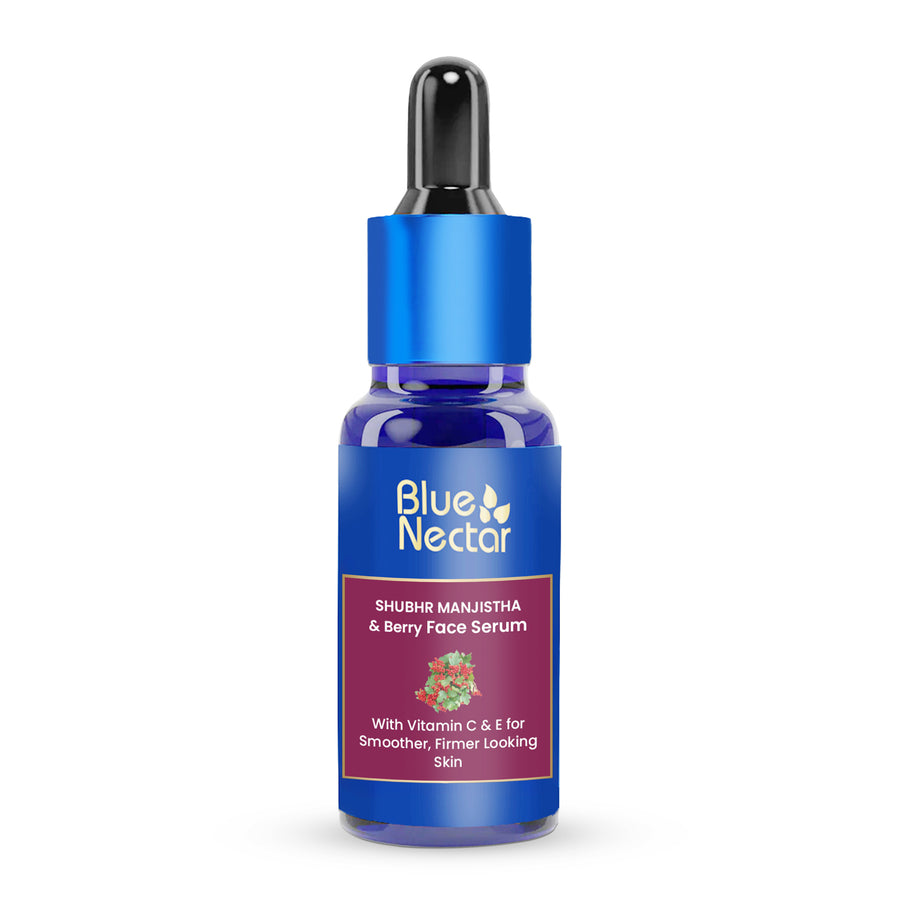
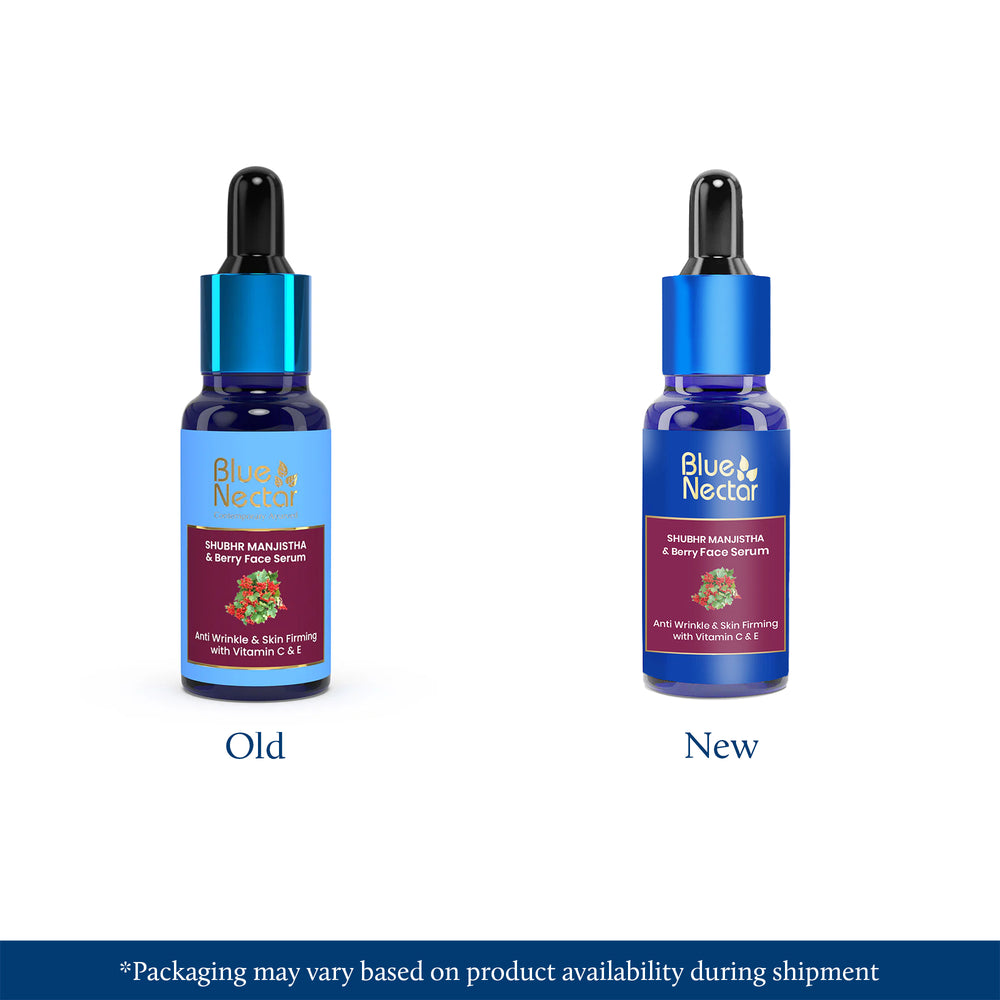
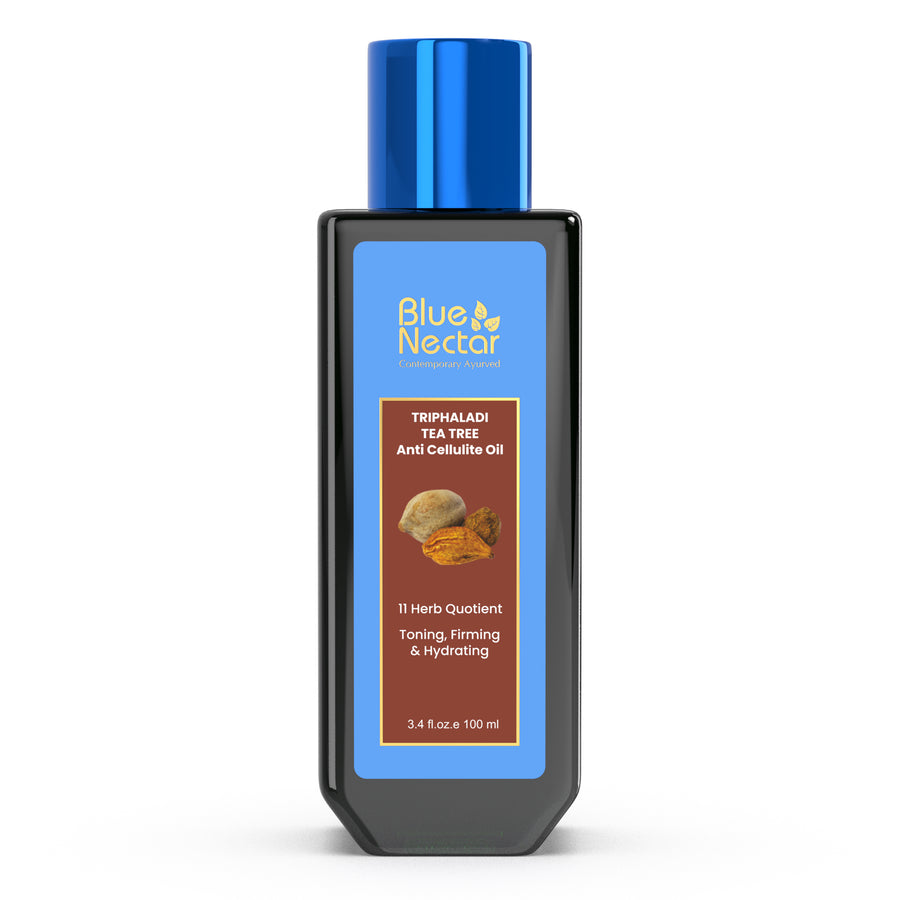
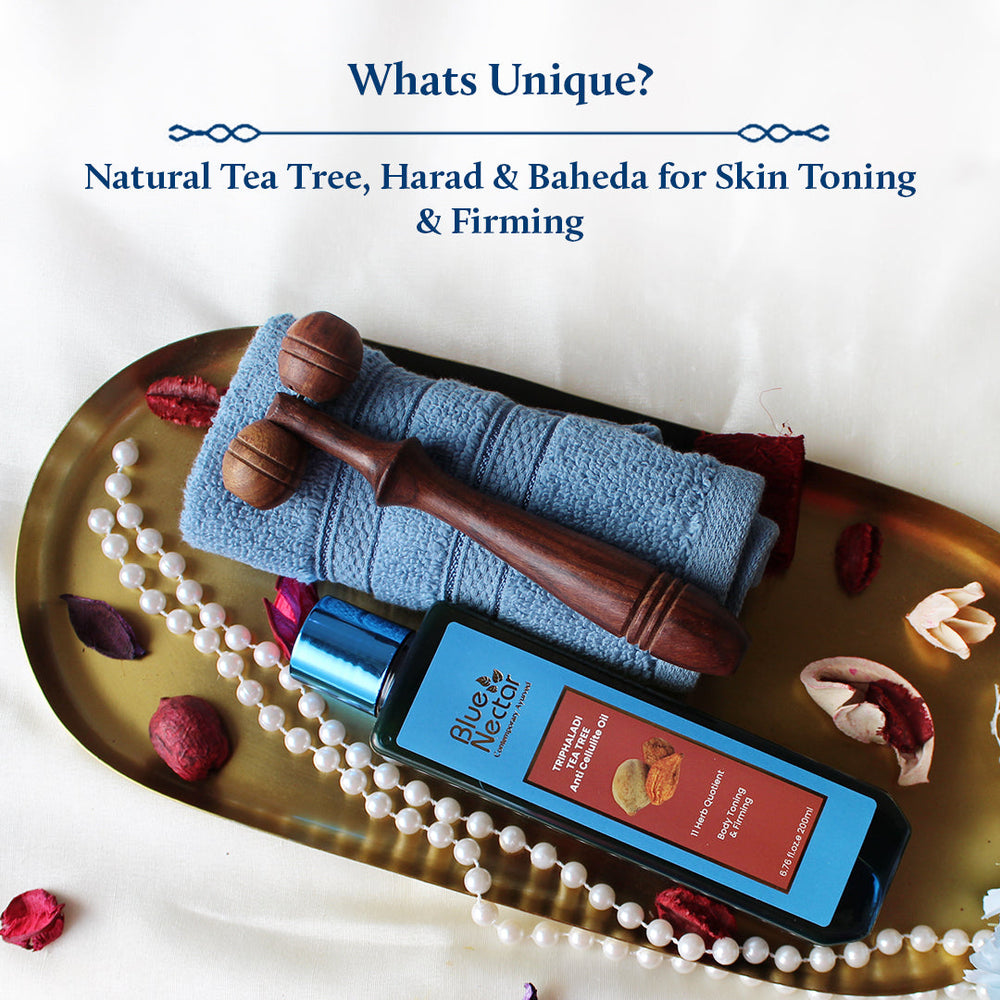




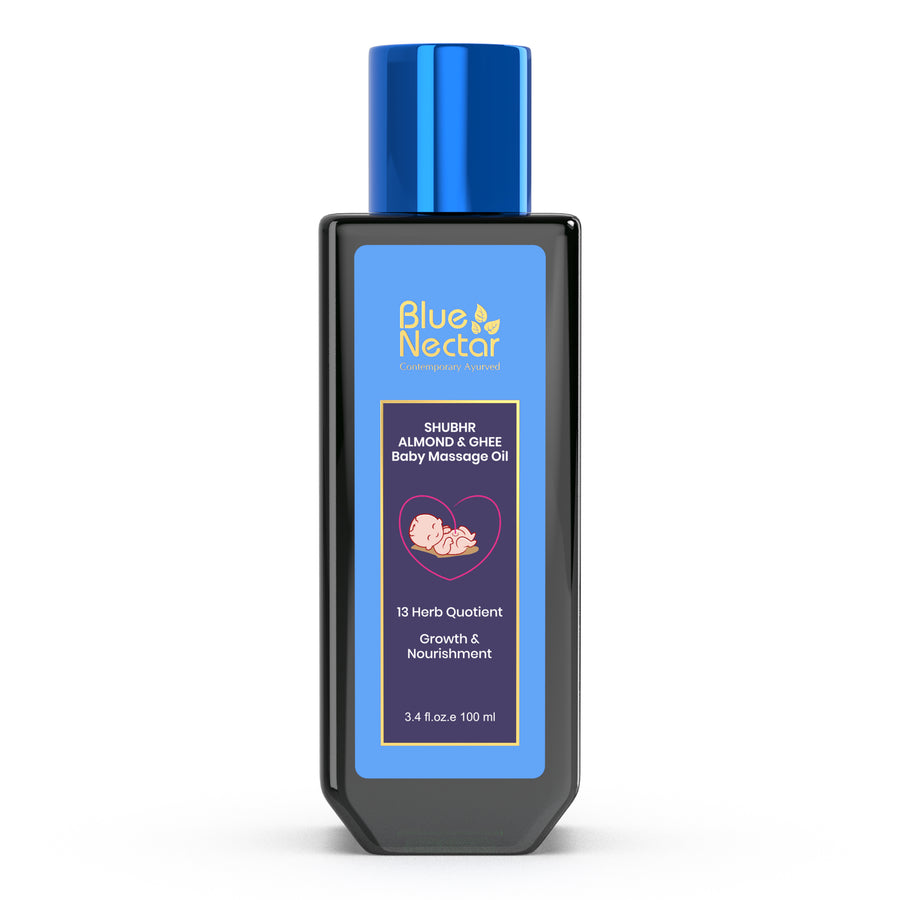
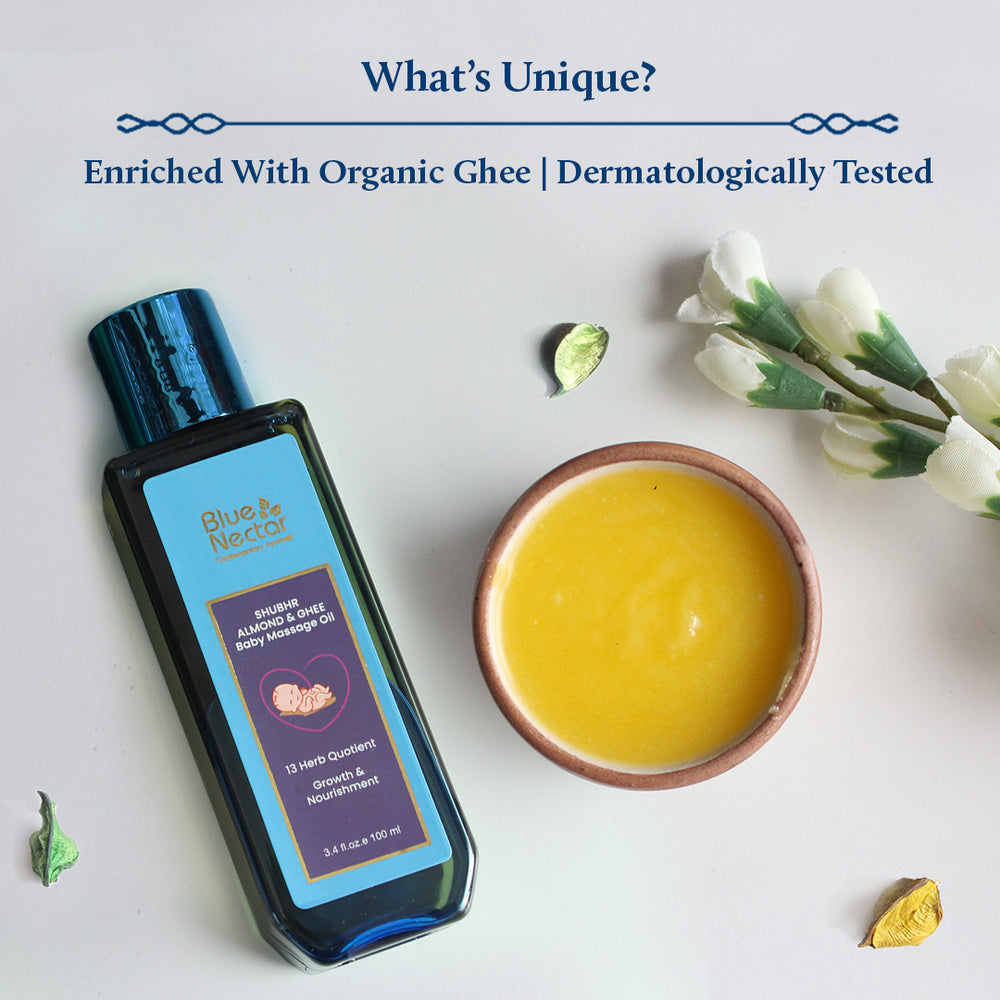
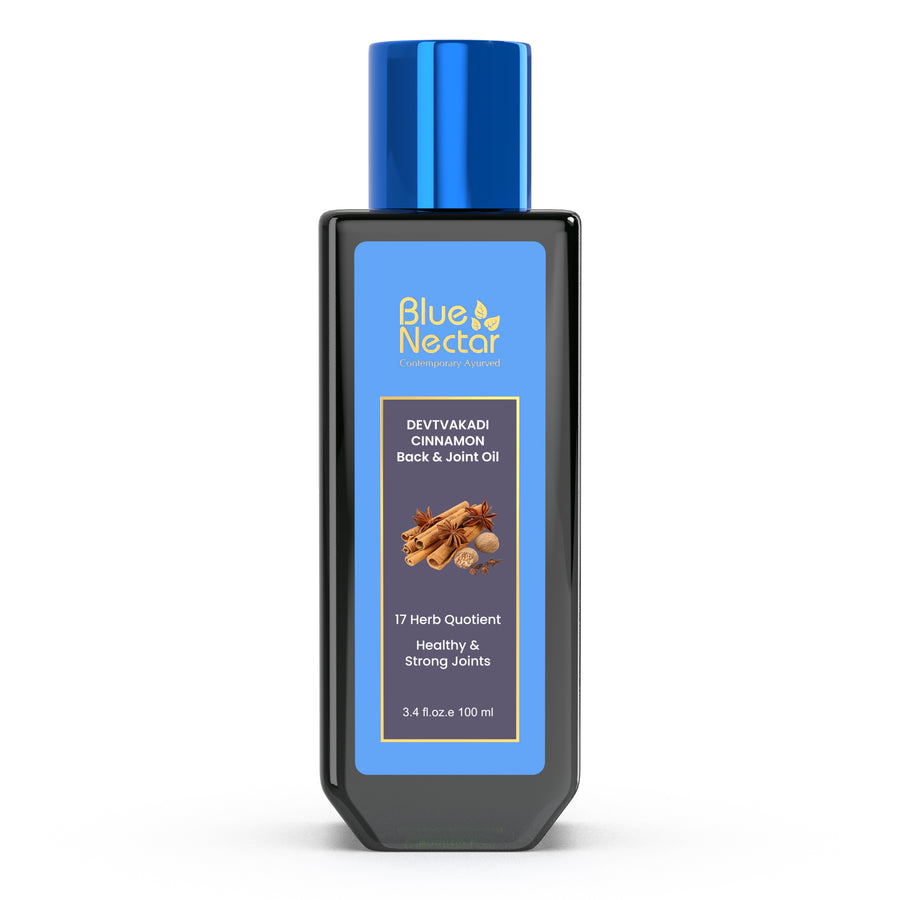
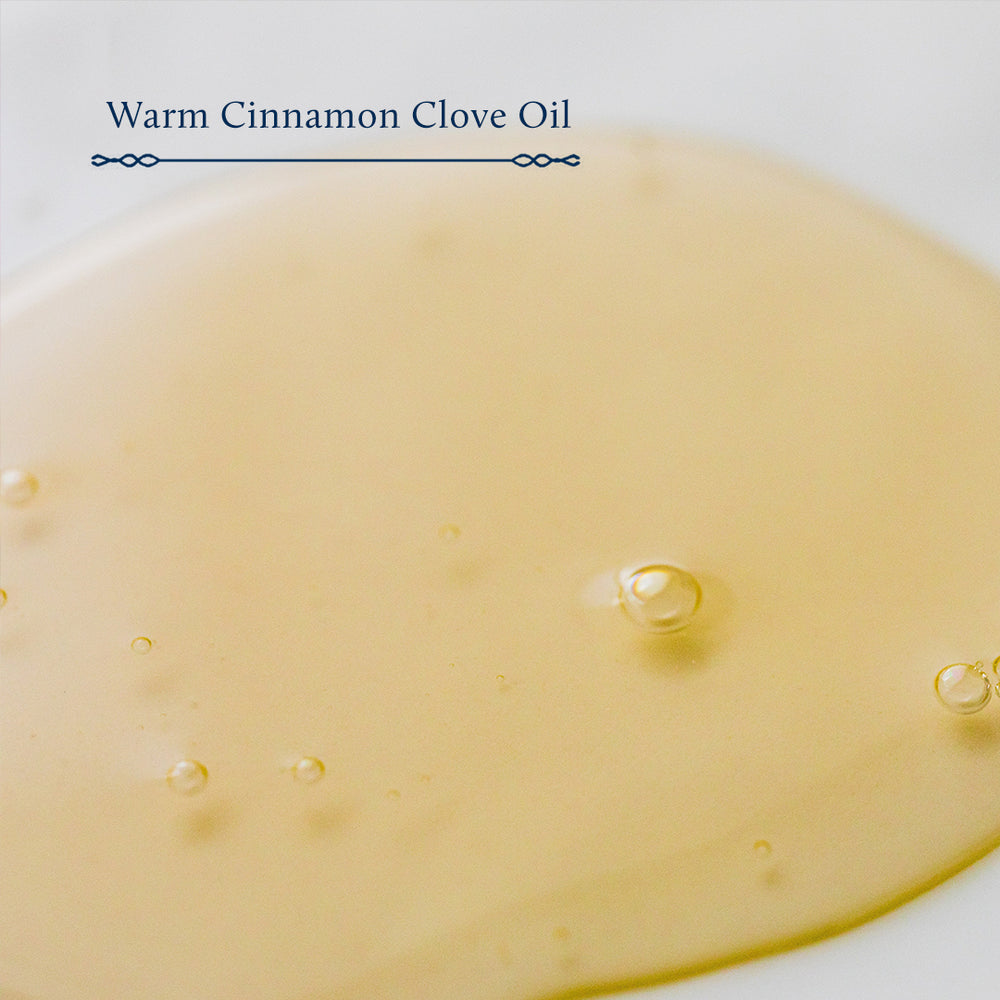




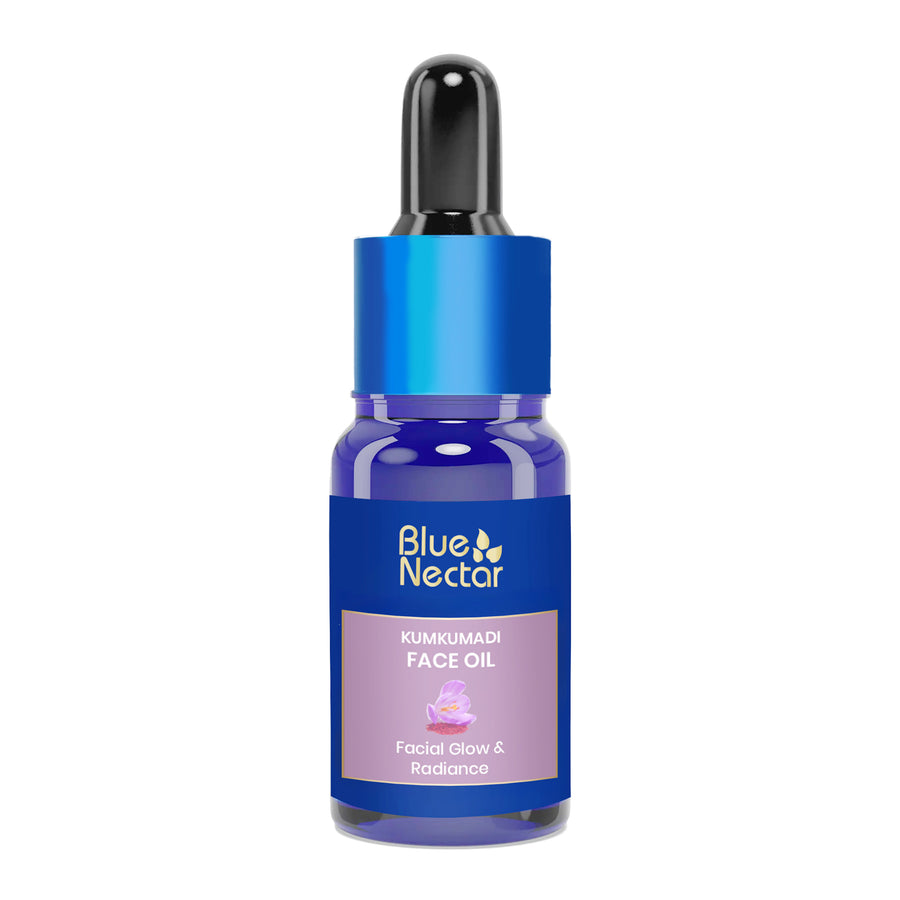
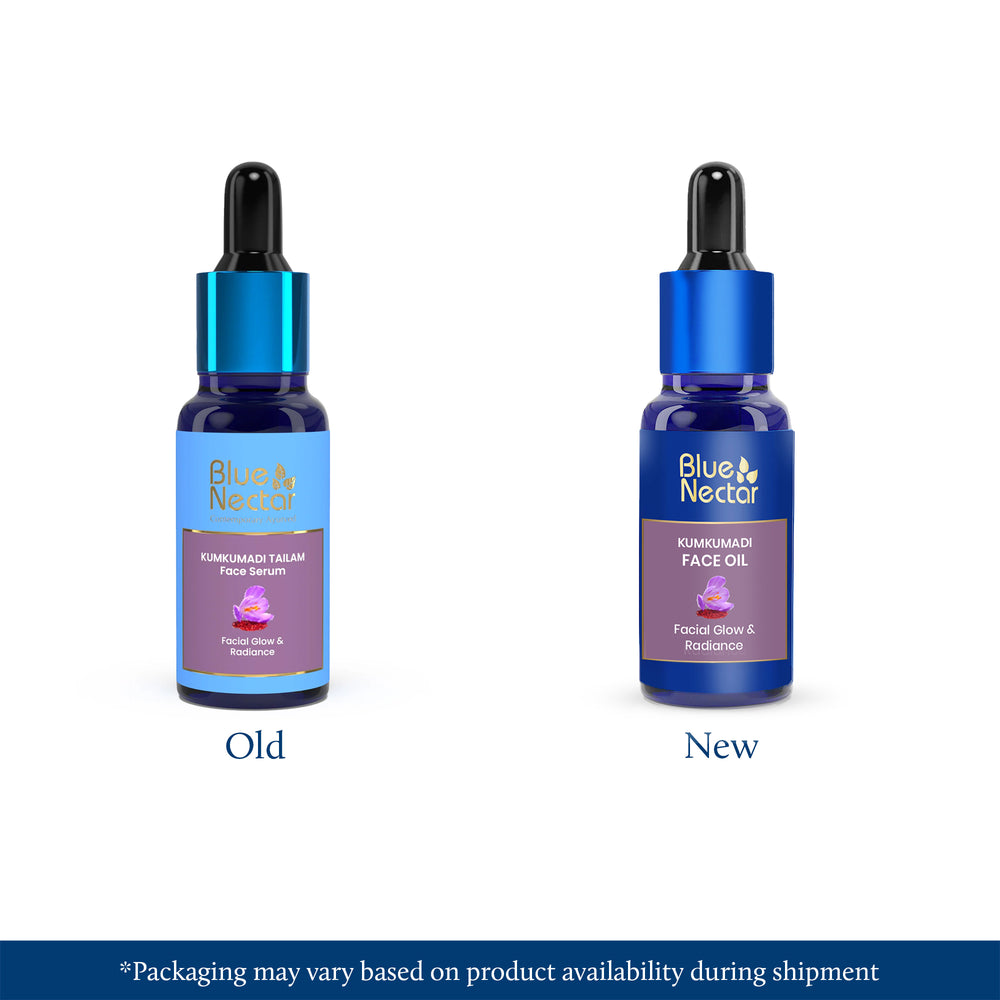

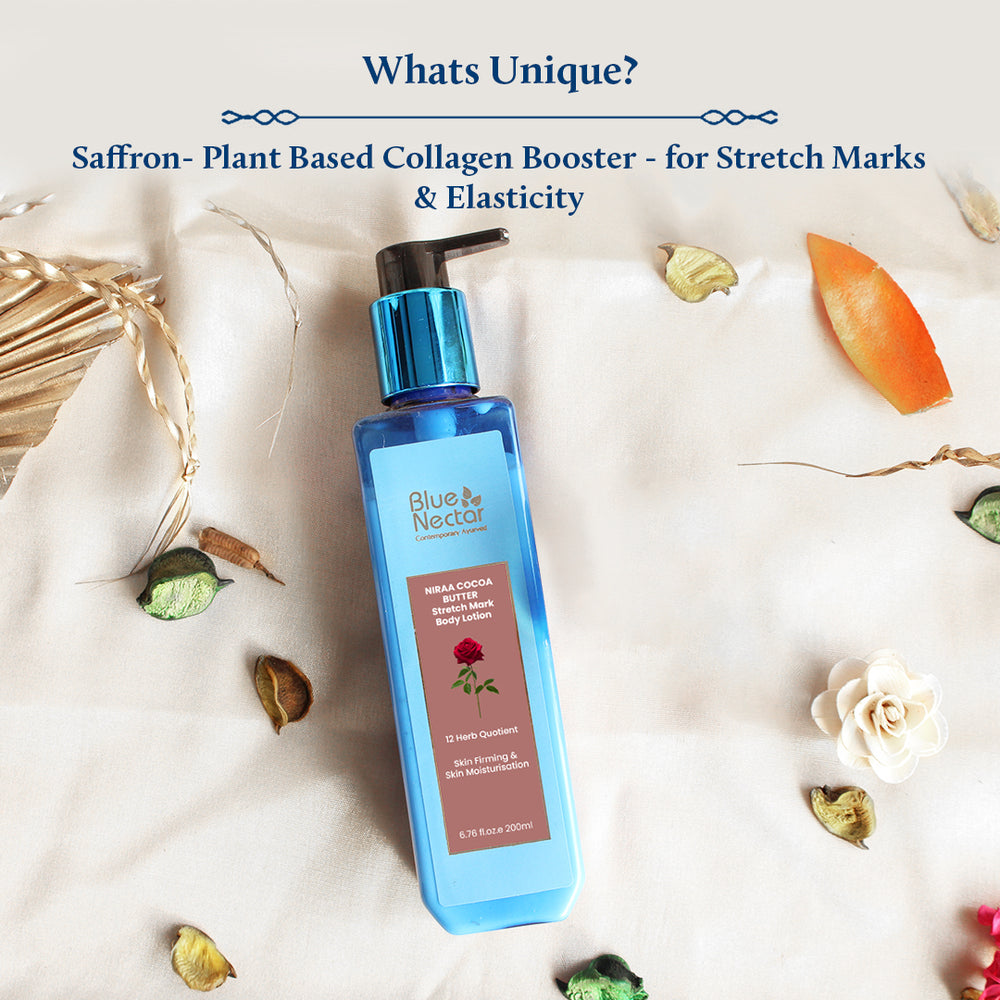


Leave a comment